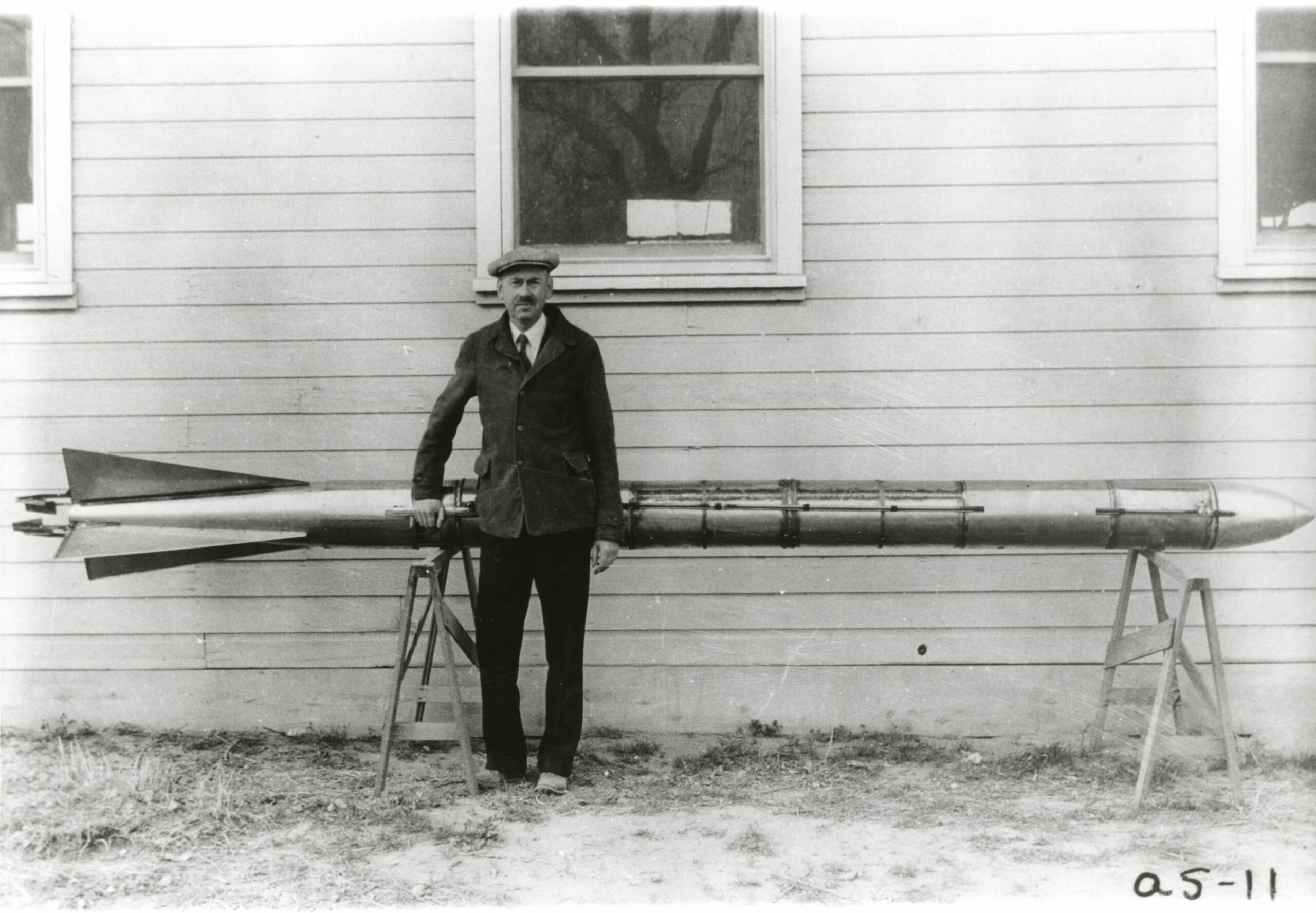
28 March 1935: Near Roswell, New Mexico, Robert H. Goddard successfully launched the first gyroscopically-stabilized liquid-fueled rocket. In a 20-second flight, the A Series rocket, number A-5, reached an altitude of 4,800 feet (1,463 meters) and traveled 13,000 feet (3,962 meters) down range. Its speed was 550 miles per hour (885 kilometers per hour). During the flight, the rocket corrected its flight path several times.
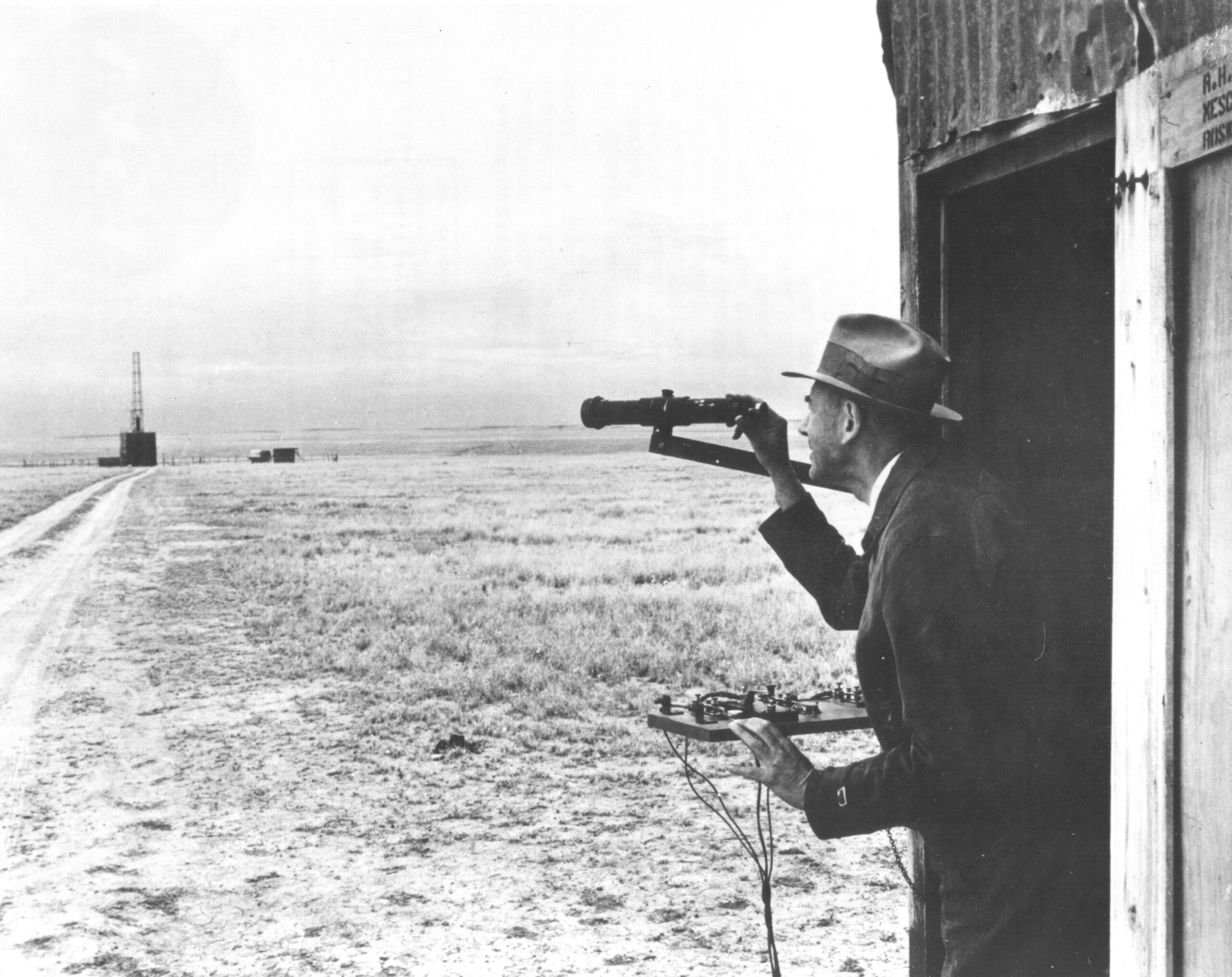

The A Series rockets were of varying lengths and mass. The representative A-series rocket displayed at the National Air and Space Museum is 15 feet, 4½ inches (468.63 centimeters) long with a diameter of 9 inches (22.86 centimeters). The span across the fins is 1 foot, 9½ inches (54.61 centimeters). It weighs 78.5 pounds (35.6 kilograms). The rocket was fueled with gasoline and liquid oxygen, pressurized with nitrogen.
A gyroscope controlled vanes placed in the engine’s exhaust, providing stabilization during powered flight.
Goddard flew the A-series 14 times between 15 January and 29 October 1935.
The National Air and Space Museum describes the rocket’s construction:
“Aluminum skin, thin gauge, a long tail section from bottom of fins to bottom of mid-section. Aluminum skin also on parachute section and nosecone wholly of spun aluminum except for steel attachment screw. Steel skin (for greater strength and insulation) below nosecone, over mid-section (over propellant tanks), and around small section above fins. One steel tube or pipe on each side of rocket, along propellant section; one smaller diameter copper tube on one side. Steel nozzle and other interior components. Fabric parachute.”
Goddard is the “Father of Modern Rocketry.” Many of his developments were copied by German engineers as they developed the V2 rocket of World War II. And this led to America’s own post-War rocket developments, including the mighty Saturn V moon rocket.
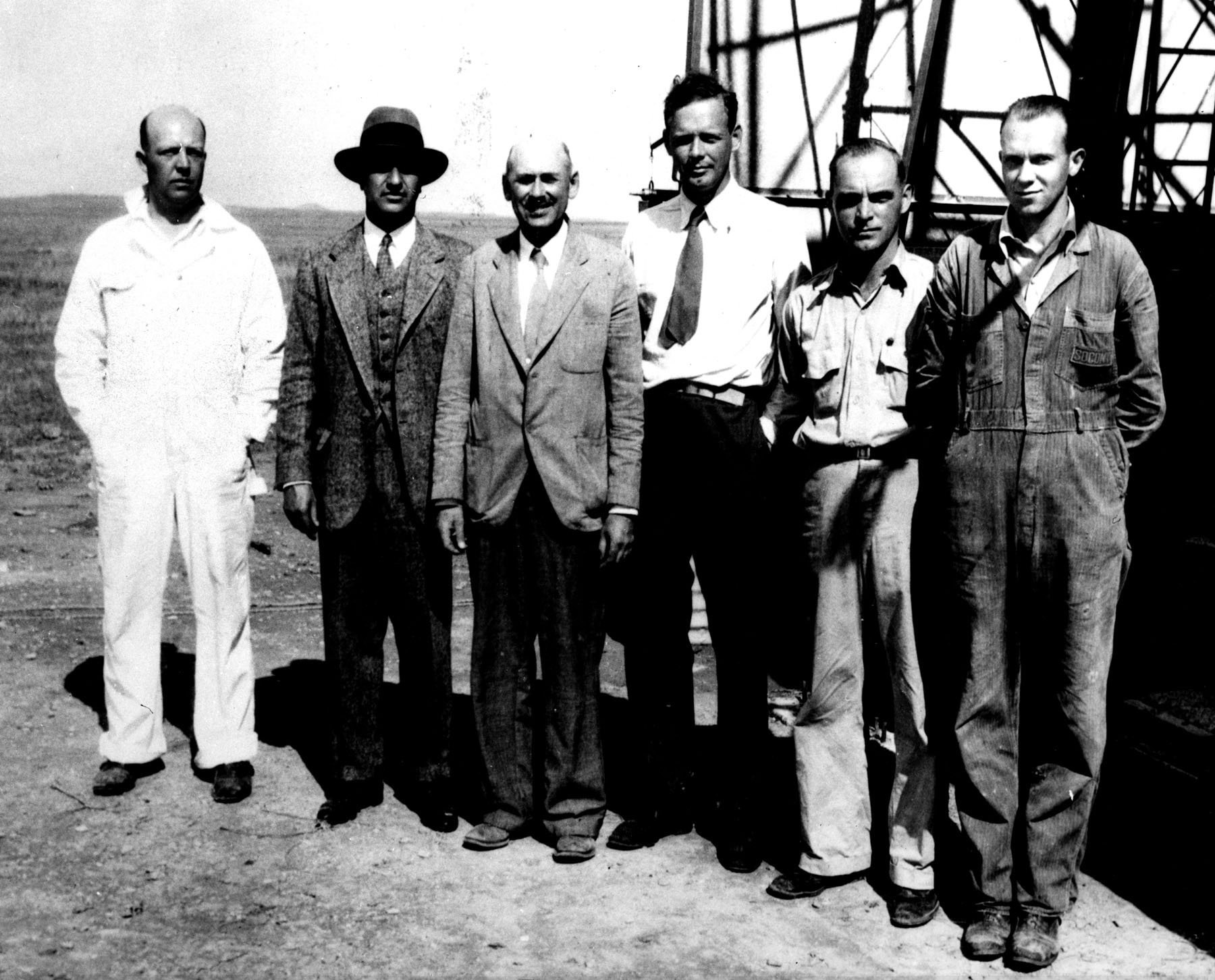
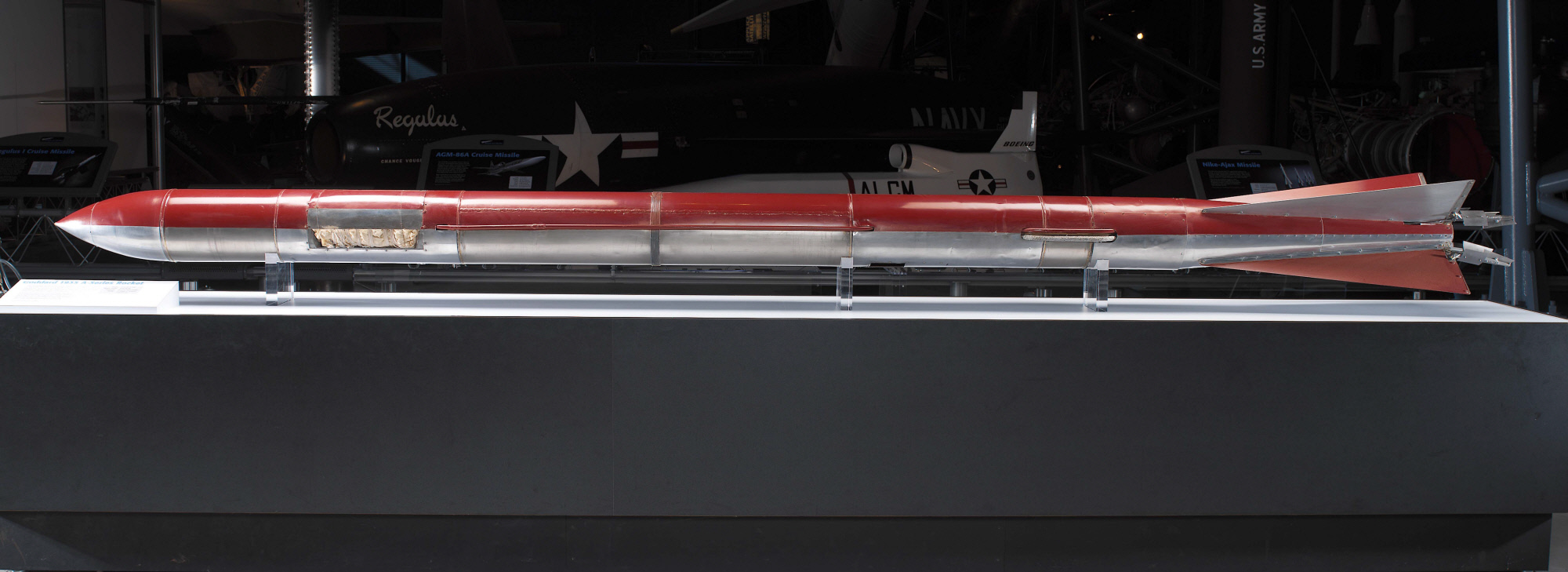
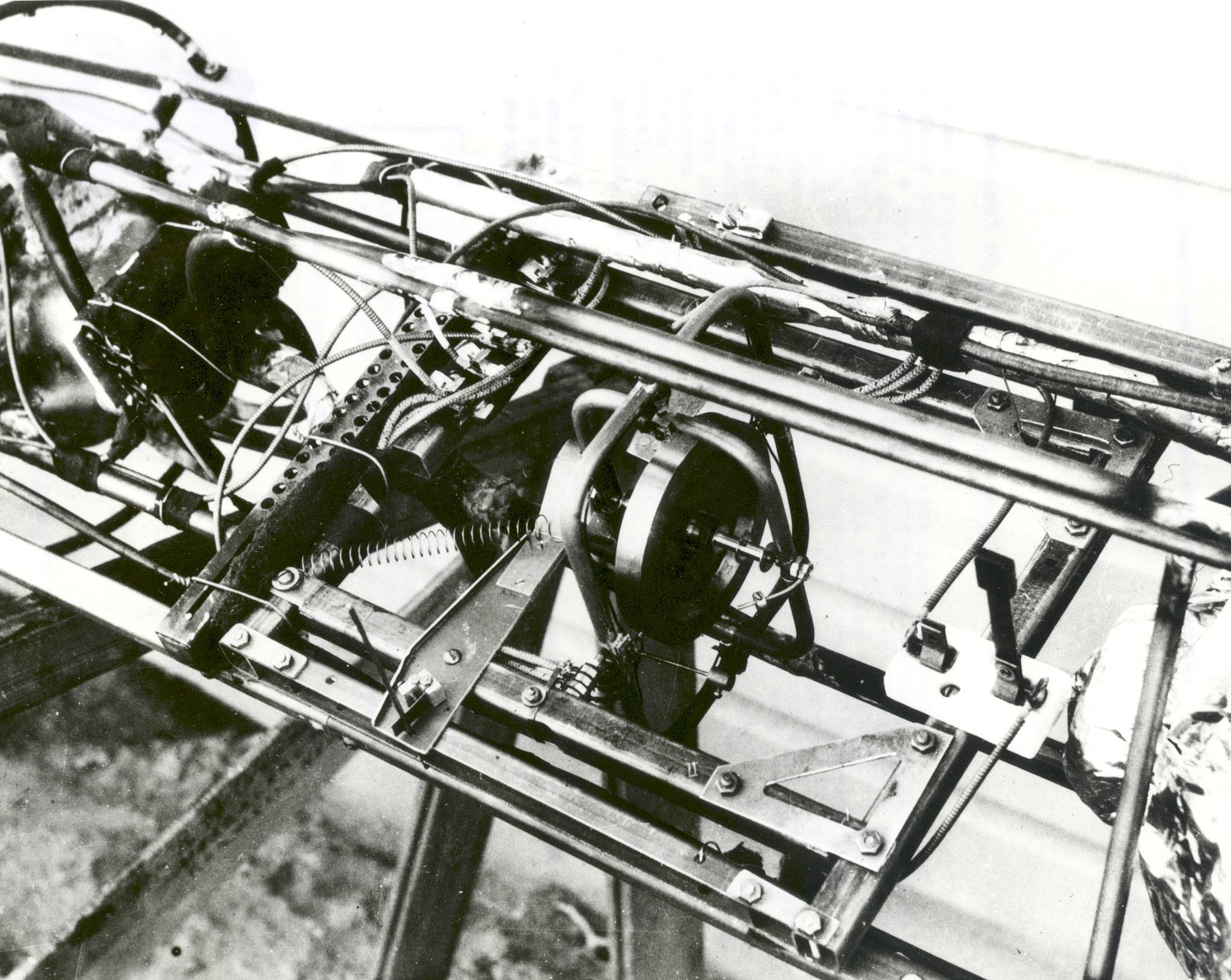
© 2020, Bryan R. Swopes
If you are ever in Roswell, NM the local museum has a Robert Goddard exhibit with a recreation of his lab.
https://roswell-nm.gov/348/Robert-H-Goddard-Dreamer-Tinkerer-Pionee
I’m sure that’s something worth visiting instead of all the extraterrestrial alien nonsense in Roswell.
I thought that Dr. Goddard did his rocket experiments at what is now White Sands Test Range?